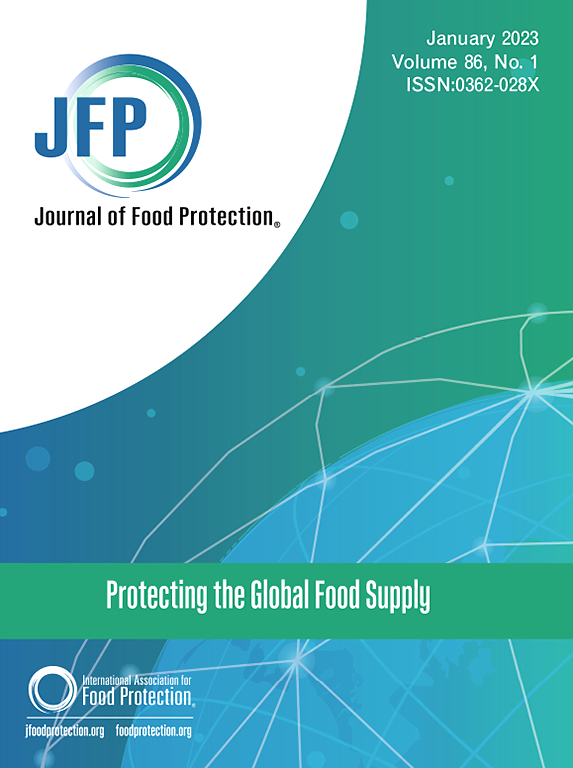Research on Risk Prediction of Condiments Based on Gray Correlation Analysis – Deep Neural Networks
IF 2.1
4区 农林科学
Q3 BIOTECHNOLOGY & APPLIED MICROBIOLOGY
引用次数: 0
Abstract
Food safety is directly related to the health of the public, and the safety of condiments is also of great significance. In this study, a risk assessment model for condiments based on gray correlation analysis was established by using publicly available sampling data of soy sauce and vinegar in China. Risk indicator screening and data preprocessing were performed first, and the weight of each indicator was calculated by gray correlation analysis to formulate a comprehensive risk value label. Then, three machine learning models, Deep Neural Network (DNN), Random Forest (RF), and eXtreme Gradient Boosting (XGBoost), were used to predict the comprehensive risk values. Finally, the fuzzy synthesis analysis was utilized to classify the risk level of the composite risk value. In this study, based on the analysis of 282 sets of soy sauce and 704 sets of vinegar samples, the trained DNN model has the optimal prediction performance, which can basically predict the comprehensive risk value and risk level of a sample by inputting the detection indexes of that sample. This method can provide a more reasonable basis for relevant departments to formulate risk control strategies.
基于灰色关联分析-深度神经网络的香料风险评估研究。
食品安全直接关系到公众的身体健康,调味品的安全也具有重要意义。本研究利用国内公开的酱油和食醋抽样数据,建立了基于灰色关联分析的调味品风险评价模型。首先进行风险指标筛选和数据预处理,通过灰色关联分析计算各指标的权重,形成综合风险值标签。然后使用深度神经网络(DNN)、随机森林(RF)和极端梯度增强(XGBoost)三种机器学习模型预测综合风险值。最后利用模糊综合分析法对综合风险值的风险等级进行分类。在本研究中,通过对282套酱油和704套醋样品的分析,训练出的DNN模型预测性能最优,通过输入某一样品的检测指标,基本可以预测出该样品的综合风险值和风险水平。该方法可以为相关部门制定风险控制策略提供更合理的依据。
本文章由计算机程序翻译,如有差异,请以英文原文为准。
求助全文
约1分钟内获得全文
求助全文
来源期刊

Journal of food protection
工程技术-生物工程与应用微生物
CiteScore
4.20
自引率
5.00%
发文量
296
审稿时长
2.5 months
期刊介绍:
The Journal of Food Protection® (JFP) is an international, monthly scientific journal in the English language published by the International Association for Food Protection (IAFP). JFP publishes research and review articles on all aspects of food protection and safety. Major emphases of JFP are placed on studies dealing with:
Tracking, detecting (including traditional, molecular, and real-time), inactivating, and controlling food-related hazards, including microorganisms (including antibiotic resistance), microbial (mycotoxins, seafood toxins) and non-microbial toxins (heavy metals, pesticides, veterinary drug residues, migrants from food packaging, and processing contaminants), allergens and pests (insects, rodents) in human food, pet food and animal feed throughout the food chain;
Microbiological food quality and traditional/novel methods to assay microbiological food quality;
Prevention of food-related hazards and food spoilage through food preservatives and thermal/non-thermal processes, including process validation;
Food fermentations and food-related probiotics;
Safe food handling practices during pre-harvest, harvest, post-harvest, distribution and consumption, including food safety education for retailers, foodservice, and consumers;
Risk assessments for food-related hazards;
Economic impact of food-related hazards, foodborne illness, food loss, food spoilage, and adulterated foods;
Food fraud, food authentication, food defense, and foodborne disease outbreak investigations.
 求助内容:
求助内容: 应助结果提醒方式:
应助结果提醒方式:


